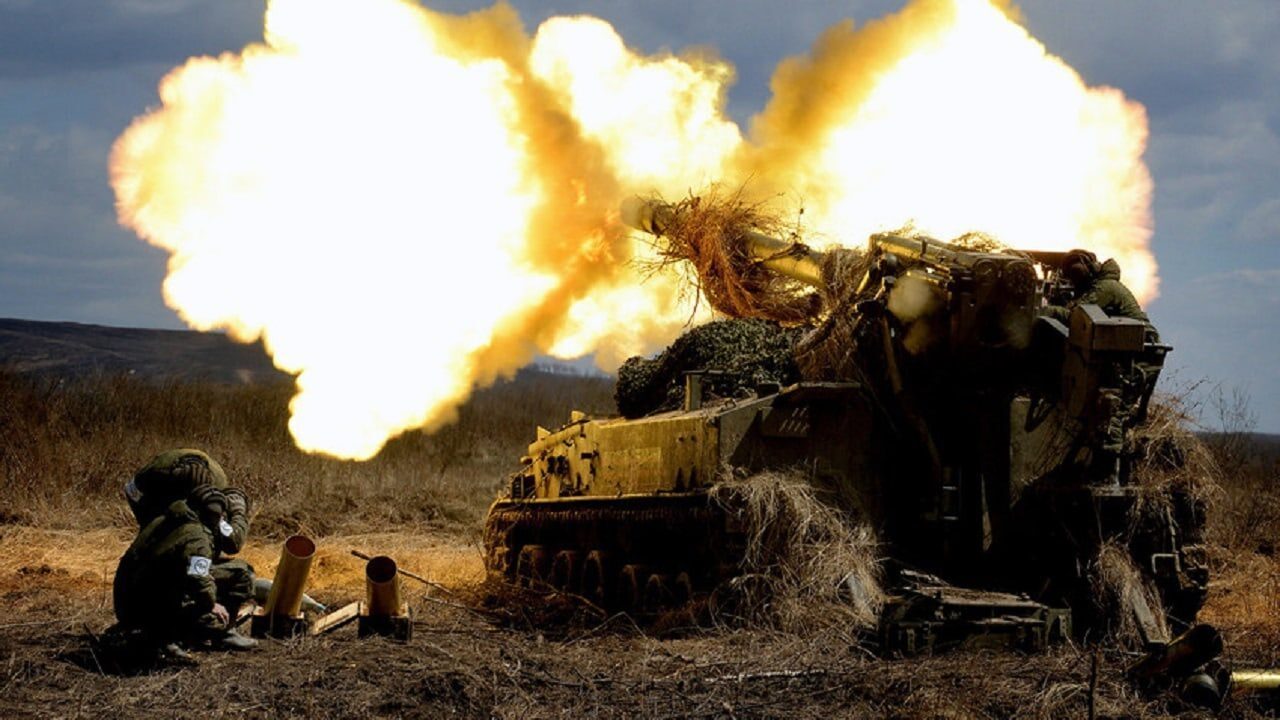On day 69 of the Russian invasion of Ukraine, the Russian military still hasn’t achieved a breakthrough in eastern Ukraine. Although the Ukrainian forces have given away territory in some areas, in others, they have been counterattacking and pushing the Russian forces back.
Attacks and Counterattacks in the East
The Ukrainian frontline in the area of the Joint Forces Operation in the Donbas still holds despite brutal artillery barrages from the Russian forces. In some places, the Ukrainians have had to give up territory under pressure from the artillery fire. But the Russian military has largely failed to take advantage of the Ukrainian tactical withdrawals.
But the Ukrainian military has been counterattacking too. In the area around Kharkiv, the Ukrainian forces have pushed back the Russian troops by approximately 40 kilometers (about 25 miles). The Ukrainian military is also attacking the vicinity of Kherson, a major regional hub in the south of Ukraine.
Meanwhile, the Russian military continues to suffer unstainable casualties in Ukraine. Every day, Moscow is losing approximately the equivalent of one battalion tactical group in men and materiel.
The Ukrainian Ministry of Defense claimed that as of Tuesday, Ukrainian forces have killed approximately 24,200 Russian troops (and wounded approximately thrice that number), destroyed 194 fighter, attack, and transport jets, 155 helicopters, 1,062 tanks, 475 artillery pieces, 2,567 armored personnel carriers, 162 Multiple Launch Rocket Systems (MLRS), 10 boats, 1,843 vehicles, 76 fuel tanks, 80 anti-aircraft batteries, 291 unmanned aerial systems, 38 special equipment platforms, such as bridging vehicles, and four mobile Iskander ballistic missile systems, and 84 cruise missiles shot down by the Ukrainian air defenses.
A combined arms task force, the battalion tactical group is the main fighting force of the Russian military, and it is composed of a combination of infantry, mechanized infantry, tanks, armored personnel carriers, infantry fighting vehicles, rotary-wing aircraft, artillery, air defense, and electronic warfare depending on its role. Each Russian division and brigade is expected to generate several battalion tactical groups, which have approximately 800 to 1,000 men.
Compounding these losses is the fact that the Russian military is running out of capable reserves. On February 24, the Russian military invaded with more than three-quarters of its maneuver formations, or approximately 125 battalion tactical groups. By now, it has already lost one-third of that force, meaning that Moscow doesn’t have the flexibility to rotate units easily, which, in return, reduces the combat effectiveness of the frontline units because of fatigue, casualties, and logistical issues.
U.S. weapons continue to flow into Ukraine to help the Ukrainian military.
“In terms of the howitzers going to Ukraine, I mean, that is moving and moving quite well. As a matter of fact, a significant majority of the 90 that we have already committed are actually in Ukraine. And so, that continues to flow quite nicely,” Pentagon Press Secretary John F. Kirby said in a press briefing.
A string of unexplained fires and explosions throughout Russia continues. Over the past two weeks, military, industrial, and infrastructural facilities and works have been catching fire or exploding all over Russia, including in Moscow.
A Failed Modernization
In its daily estimate of the war, the British Ministry of Defense focused on the abject failures of the Russian military to achieve its primary goals in Ukraine. Those failures are juxtaposed with the modernization that the Russian military under over the last 20 years or so.
“Russia’s defence budget approximately doubled between 2005 and 2018, with investment in several high-end air, land and sea capabilities. From 2008 this underpinned the expansive military modernisation programme New Look. However, the modernisation of its physical equipment has not enabled Russia to dominate Ukraine,” the British Military Intelligence assessed.
The modernization of the Russian military began under President Vladimir Putin. Called the “New Look” reforms, the modernization efforts began in earnest in the late 2000s and aimed to turn the Russian military into a modern force, while also bridging the gap between the Russian nuclear and conventional capabilities.
“Failures both in strategic planning and operational execution have left it unable to translate numerical strength into decisive advantage. Russia’s military is now significantly weaker, both materially and conceptually, as a result of its invasion of Ukraine. Recovery from this will be exacerbated by sanctions. This will have a lasting impact on Russia’s ability to deploy conventional military force,” the British Military Intelligence added.
1945’s New Defense and National Security Columnist, Stavros Atlamazoglou is a seasoned defense journalist specializing in special operations, a Hellenic Army veteran (national service with the 575th Marine Battalion and Army HQ), and a Johns Hopkins University graduate. His work has been featured in Business Insider, Sandboxx, and SOFREP.

